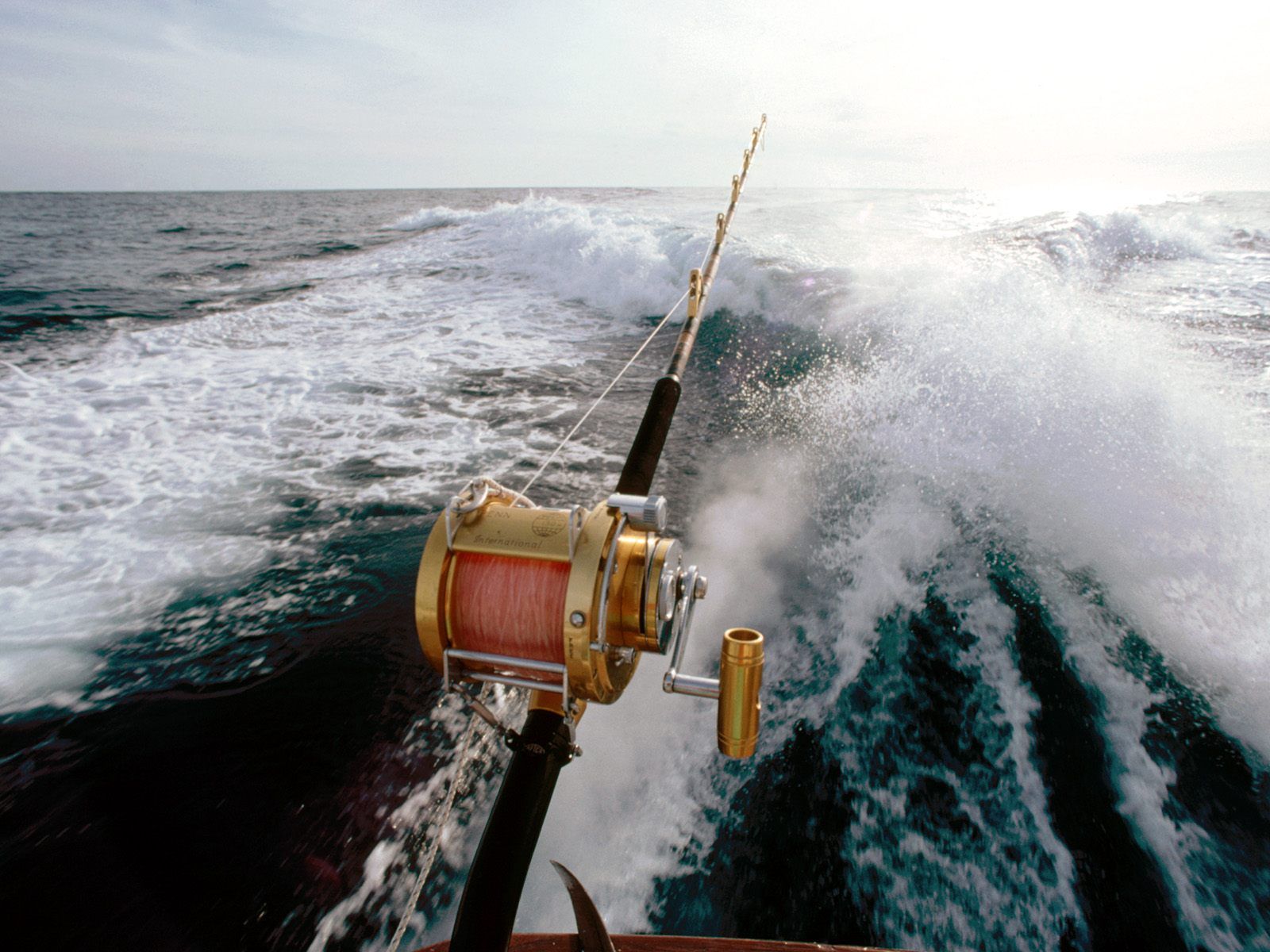Tips: Learn To Fish In The Sea From A Boat – Pesca Fishing Shop
 Learning and starting fishing is less complicated than it may seem, especially if this is done with the right start. Here are useful tips to learn how to fish in the sea from the boat with the main techniques in use, such as: bottom fishing, trolling, longline, spinning, live kab, inchiku and vertical fishing
Learning and starting fishing is less complicated than it may seem, especially if this is done with the right start. Here are useful tips to learn how to fish in the sea from the boat with the main techniques in use, such as: bottom fishing, trolling, longline, spinning, live kab, inchiku and vertical fishing
In this article pages we make a very broad discussion, evaluating the differences between the techniques, always with a careful eye to the equipment and baits that are needed.
Yes, because if the species that can be undermined in the sea are many, the techniques with which to tempt their appetite can be even more.
Are you looking for tips to learn? Read here!
To name the main ones, we mention trolling, bottom fishing, bottom fishing, cephalopod fishing, vertical jigging and spinning. For those who are already experts these pages will only be “a review” while for many novices they will be really important.
From hand lines to rods
To practice fishing from the boat it is not necessarily necessary to resort to expensive reels and high modulus carbon rods: there are techniques such as the hand bottom fishing, the battens and the longline that make the hand line their fundamental starting point. . Let’s start by talking about the longline. It is a fixed fishing system, consisting of a long line, the “beam”, on which several dozen hooks are mounted, on armrests whose length can vary between one meter and four, distant from five to twenty meters. The general indications cannot really be more precise, as a longline can be used both to catch bream weighing a few ounces, as well as to try to catch hake and groupers at great depths. We will shortly deepen the knowledge of a classic coastal fishing line, we just need to know, however, that each longline has, at its ends, two weights, each of which is connected to a line (called “caluma”). It is good to know that this long line can be armed with a maximum number of 200 hooks.
There is longline and longline
For beginners, it is advisable to buy a small longline basket to make a first model with a maximum of 50 or 100 hooks. For coastal fishing, a one-millimeter nylon mother line and armrests are usually used, connected by a seven-coil knot, made with transparent thread in the order of 0.35. The length of the armrest must be a couple of meters while the distance to be left between one armrest and the next must be approximately 14 meters, ten “strokes” to put it in a more practical way. The most used baits are bibi di pescheria, sardine in chunks and cephalopods. The hooks will range from a number 6 to a 1, usually made of long shank steel. Among the most coveted catches, according to the depth and the type of seabed, bream, bream, gallinelle, bream will be included. The right sequence for fishing a longline is to lower the first weight and fix the flag. Then a fairly heavy carabiner is attached to the caluma to which the head of our longline will be connected. The head of the longline will naturally be brought to the bottom, in the meantime we will proceed with the engine at idle (or rowing, for those who use small goiters or lances) letting the line and triggers go into the water, guiding the line out with the utmost attention. An important practical advice during the lowering phase is to put the basket in a low position on the water, so that it cannot fall. If this happened it would be a nice mess: not so cheap because a longline of about fifty hooks (basket excluded) can cost about thirty euros as much as waste of time and inability to fish.
